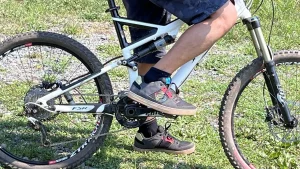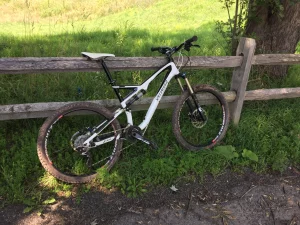Cycling Myths

Cycling is a fun activity anyone can enjoy. But, like many other activities, has its fair share of myths and misconceptions. Here we take a look at some of the common cycling myths, and why these are not true.
Table of Contents
The Origin Behind Cycling Myths
Cycling myths have existed ever since the cycle was invented. People initially thought your legs would break if you used a bike, for example. These cycling myths keep coming up every day. One should be careful taking in these as serious facts as they are not only unreal, but can be dangerous as well.
Cycling Myths:
1. Cycling is bad for male fertility.
Fact: There is no scientific evidence to support the claim cycling negatively impacts male fertility. While some studies have suggested a potential link between cycling and temporary genital numbness, it is not a proven cause of infertility.
This myth originates from the fact that cycling seats are not comfortable. Non-cyclists go in assuming a soft and comfortable seat similar to a couch or a car seat. But the use of a bicycle seat is not for comfort but for efficiency in pedaling while seated. To overcome this discomfort there are numerous options for cycling shorts that helps the rider remove some, if not most, of this discomfort.
2. Cyclists don’t need to follow traffic rules.
Fact: Cyclists are considered vehicle operators and are required to follow the same traffic rules as motor vehicles. This includes obeying traffic signals, stop signs, and yielding to pedestrians.
But to be cautious of faster moving vehicles it is advisable for cyclists to ride on the shoulder or dedicated bike lanes, especially in high traffic and high speed-limit roads.
3. Cycling causes knee damage.
Fact: Cycling is a low-impact exercise that is generally easy on the knees. In fact, cycling is often recommended as a form of exercise for people with knee issues because it is gentle on the joints.
The knee damage issue comes up because riders, not only new riders, don’t adjust the seats. There are two bike adjustments – the height of the seat post and the front-back of the seats. For the seat height, stand next to the bike and adjust the seat post till the seat is level with your hip. This gives a good indication of how high the seat should be.
For the front-back adjustment, loosen the screws that are usually under the seat. The more forward the seat is, discomfort will be felt in the front of the knees. The further back the seat position the more riders will experience discomfort in the back of the knee. So proper seat adjustment is critical for all levels of rider.
Also refer to our ASK THE PEDALIST section where we answered a question from a read regarding seat position and bike seat comfort.
4. Cyclists must wear spandex.
Fact: While many serious cyclists choose to wear spandex for aerodynamics and comfort, it is not a requirement. Cyclists can wear whatever clothing they find comfortable and appropriate for their ride. And there are different type of rides that don’t require the rider to wear spandex.
Mountain bikers usually wear bike shorts that resemble regular cargo shorts. Gravel bike riders also don’t wear spandex and prefer to be more aligned to what mountain bikers wear. Even those riding road bikes, which sees the most number of people wearing spandex, I see a lot of riders in t-shirts and regular shorts. But one thing all riders wear are bike liner shorts with a layer of padding to help provide comfort on bike seats.
Check out our post on what to wear mountain biking for bike clothing and accessories options you have on the trails.
5. Myth: Cycling is an expensive hobby.
Fact: Cycling can be as affordable or expensive as you want it to be. While high-end bikes and gear can be pricey, there are plenty of budget-friendly options available for recreational cyclists.
Check out our ASK THE PEDALIST section for a road bike price question. We at PedalMyWay ask new riders to start with a lower end bike to first see if they even like cycling. There are numerous options on the internet and in local bike shops for a cheap beginner bike. If they like it, they can customize the bike or get a new one with specific parts they prefer.
6. Riding a bike will give you big, bulky legs.
Fact: Cycling is an excellent cardiovascular exercise and can help tone and strengthen leg muscles, but it’s unlikely to result in bulky legs. The type of muscle growth associated with bodybuilders typically requires heavy resistance training.
If you see any professional riding competition like Tour de France or Giro d’Italia, you will see riders who are not big at all. The riders with bulky legs are those that do extra lower body workout using weights and resistance to bulk up. Cycling help you tone your legs and lose weight.
7. Cyclists don’t need to hydrate as much as other athletes.
Fact: Proper hydration is essential for cyclists, just as it is for any other athletes. Riding can be physically demanding, especially on hot days, so it’s crucial to stay hydrated to perform at your peak and avoid heat-related issues.
Check out a similar question on hydration and how to prevent “bonking”. The main health consideration when riding for cyclists is that, sweat evaporates quickly in the wind as you cycle. So this makes it even more important to have fluids, in addition to electrolytes. Take more water than usual during a ride on a hot day and consume plenty of water before and after a ride.
8. Cycling is not a practical mode of transportation.
Fact: Cycling can be an incredibly practical and efficient mode of transportation, especially for short distances in urban areas. It’s eco-friendly, cost-effective, and can help reduce traffic congestion.
Cycling does have its limitations, which are slowly being overcome with newer models and advancements in technology and road transportation. Bikes with bags and panniers can help you with your grocery store runs. Cargo bikes help you carry bigger items. There are many examples of people moving furniture with just their bikes.
9. Electric bikes don’t provide exercise benefits.
Fact: While electric bikes can provide pedal assistance, they still require physical effort from the rider. You can choose the level of assistance, and manual cycling on an e-bike and still get a workout, depending on how much you rely on the motor.
For example, if you can go on a regular bike ride for 30 minutes, on an electric bike you can try going for 45 minutes or an hour to get a similar level of workout. You can customize the ride to suit your fitness needs.
10. Cyclists should only drink energy drinks during rides.
Fact: While sports drinks can be beneficial for longer and more intense rides, they are not the only option. Water is usually sufficient for shorter rides, and some cyclists prefer natural options like coconut water or diluted fruit juice.
Also energy drinks tend to dehydrate you as they contain sugars. Water is the best option, followed by a electrolyte-replenishing drink. Energy drinks can be taken as a backup for emergencies if your normal energy foods run out, or you succumb to “bonking”.
Remember, it’s essential to verify information and rely on reputable sources when it comes to understanding any activity, including cycling.
Consider the Science of Riding to Get the Most from Your Biking Experience
For those taking up riding, pay attention to the science behind the various bike components, equipment and accessories. Also be mindful of your fitness levels. Be safe and listen to your body.
We hope you found this informative. Check out our other cycling and fitness posts as well.




